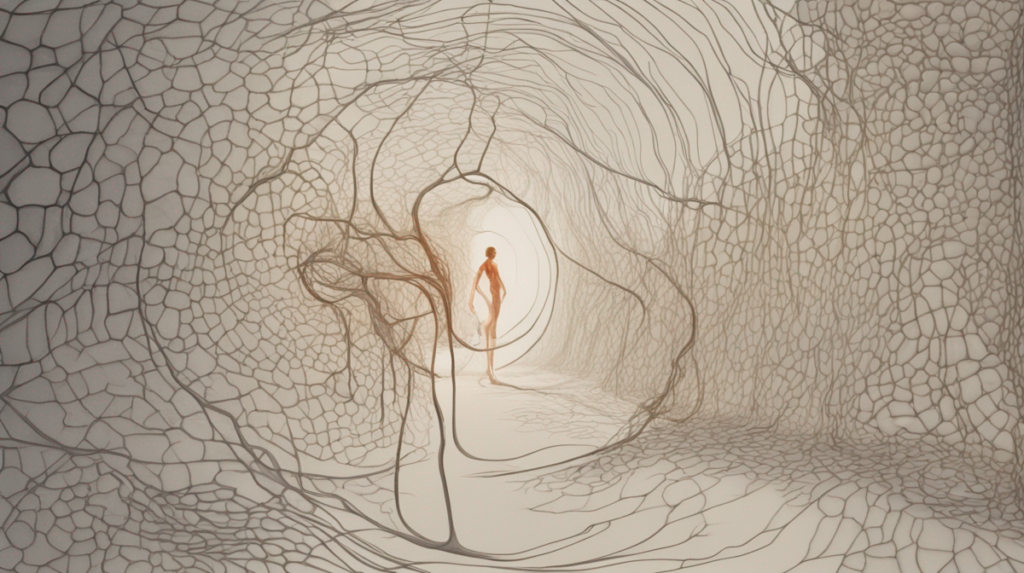Understanding the complexities of the human body is a never-ending endeavor that constantly amazes and intrigues. One area that remains a focal point of study is the incredible science of wound healing and its importance in advancing medical treatments. Providing a deep dive into this captivating topic, the article offers a balance between technical information and engaging content for our readers.
What is Wound Healing?
Wound healing is the physiological process that the body undertakes to repair damage to the skin and other softer tissues. This process is regulated by a complex symphony of cellular and biochemical actions leading to tissue regeneration and remodeling.
(Read Also: Transforming Healthcare: The Dynamic Role of Precision Medicine)
Key Stages of Wound Healing
The wound healing process can traditionally be split into three essential stages: inflammation, proliferation, and remodeling.
Inflammation
The inflammation stage occurs immediately after an injury. The injury triggers white blood cells to flood the wound, essential for warding off infection.
Proliferation
The proliferation stage involves the construction of granulation tissue to cover the wound and the formation of a new network of blood vessels to sustain it.
Remodeling
The remodeling stage is the final phase where collagen arranged during proliferation is restructured, leading to a stronger wound site.
Advances in the Science of Wound Healing
As medical science evolves, revolutionary insights into the science of wound healing offer promising new approaches.
(Read Also: Medical Miracles: Breakthrough Discoveries Transforming the Healthcare Landscape)
Bioengineered Skin
Scientists are now focusing on bioengineered skin and tissue. This new approach includes either artificial skin grafts or lab-grown skin from a patient’s cells, which can reduce the risks of rejection and disease transmission.
Stem Cell Therapy
Another exciting avenue of research is stem cell therapy. These cells have the ability to self-renew and differentiate into various cell types, which makes them ideal for promoting wound healing processes.
Controversies in Wound Healing
While there are great strides being made in this field, it’s not without its controversies. There is ongoing debate regarding the best methods for wound healing, especially around the use of advanced technologies like bioengineered skin and stem cell therapy. These techniques, while promising, require further research to understand their long-term impacts on patients.
Conclusion
The science of wound healing has dramatically improved our understanding of the body’s ability to repair itself. The future looks promising, with continual advancements in medical technology allowing us to develop effective healing strategies. As we continue to delve into this fascinating science, the dream of regenerating tissue without scarring is slowly becoming an exciting reality.

